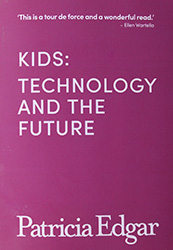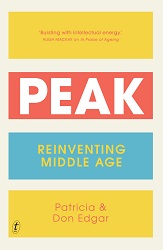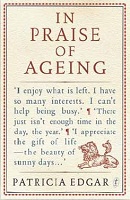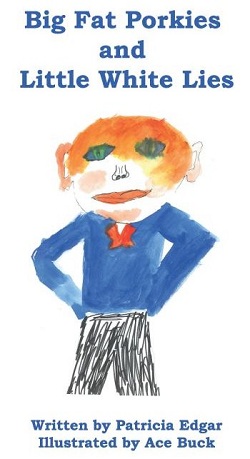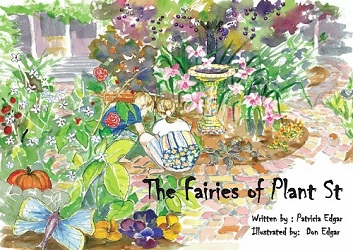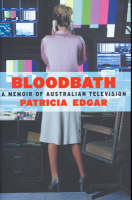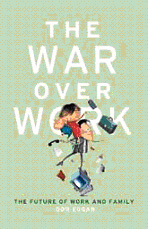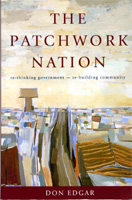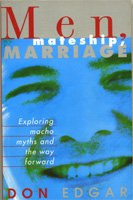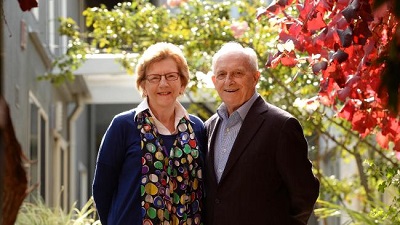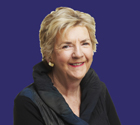
Patricia Edgar & Don Edgar

TV expert Edgar slams 'appalling' ACMA research on kids' TV
Patricia and Don Edgar say the ACMA report is misleading. Picture: David Smith.
The Australian
September 4, 2017
Prominent children's TV expert Patricia Edgar has launched a scathing attack on the media regulator, claiming a key report on the future of children's television was based on "appalling research".
The Australian Communications and Media Authority last month submitted the research report to the Department of Communications' Australian and Children's Screen Content Review.
Commercial networks hope the review will recommend the scrapping of quotas into the amount of "C" children's programming and "P" preschool programs they broadcast.
The report - Children's television viewing and multi-screen behaviour - claims that "broadcast TV viewing remains an important part of the way Australian children and families access children's programming" and that children "are still watching programs specifically made for them" as "a regular part of daily life". Ms Edgar, who was an architect of the C classification system but now argues the P and C quotas should be scrapped, told The Australian that the ACMA report is "absolutely appalling research".
The "children's programs" referred to in the report often fall outside the C and P programs, Ms Edgar said.
"This might be the feature film Frozen rather than a C-classified program. This research is not about those programs - it is about something very much broader, the notion that kids 0-14 would watch children's programs on any format," she said.
The ACMA report shows that children up to 14 years old prefer reality TV and light entertainment shows such as MasterChef and The Voice .
It says the top 10 children's programs viewed by the 0-14 group are younger children's programs, such as Play School Celebrity Covers and The Wiggles Meet the Orchestra.
"The report does not spell out the fact that quota programs don't feature highly in children's viewing, unless they are overseas programs made for the younger audience, usually in the UK. So the main finding of the report is, to say the least, misleading," Ms Edgar says in a discussion paper co-written in conjunction with her husband, Don Edgar.
"This research would not make the grade in an undergraduate class on survey research," Ms Edgar, founding director of the Australian Children's Television Foundation, writes in her submission to the review.
"The study does show clearly that kids now spend more time online than they do watching television, but the research is so poorly designed and reported that it is misleading."
But Jonquil Ritter, executive manager, content safeguards branch at ACMA, says the research is deliberately broad-ranging.
"The research looks at children television viewing and multi-screen use generally. If it was going to be confined to C and P classification programs, which ACMA does report on regularly, you wouldn't be able to see more broadly how children behave.
"I think in the report it is quite clear when we are talking about programs that children are watching generally and the C and P programs."
Edgar criticises the ACMA report for combining children into a single 0-14 age group, when children's viewing patterns change radically as they age.
Preschoolers' viewing is under the control of their parents, while five to seven-year-olds retain the viewing patterns of preschoolers. Eight to 12-year-olds search for more stimulating fare and when children reach puberty they move to mobile devices.
"The report shows no understanding of this difference and thus it fails to offer any meaningful data on trends away from scheduled free-to-air viewing overall."
But Ms Ritter said quite a lot of the report was broken down into specific age groups of 0-4, 5-12 and 13-17.
"The 0-14 age group is supplied by the OzTAM ratings agency. It is broken down into smaller groups where it is possible and useful to do so, such as on pages 7, 9, 11, 13, 14, 17, 21, 25 and in many of the tables and figures in Appendix A of the report. But you have to have sufficient numbers for it to be meaningful data," Ms Ritter said.
Ms Edgar writes: "For the Australian and Children's Screen Content Review to be informed about the value of P and C classified programs, ACMA really needs to get its research questions and policy issues sorted out better than this.
"The 2017 research report reads like an exercise in obfuscation.
"The real trends in Australian children's TV viewing and kids' interest in quota programs get little clarification from this report. Their very absences from viewing patterns suggest the current regulated Australian programs have little relevance for children's viewing."
But Ms Ritter responded that ACMA did not have a vested interest in maintaining the status quo. "We are agnostic. We want the best public policy outcomes."
